The Smart Guide to Finding a Certified IT Asset Disposal Partner
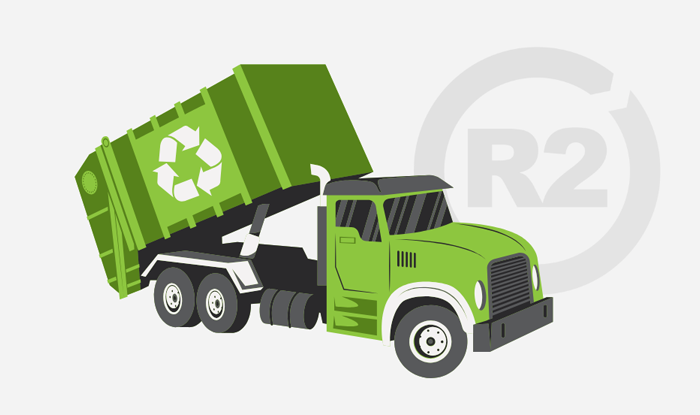
“They’re sitting in storage.”
“The vendor took them away.”
“We’ve kept them in case we might need them.”
Isn’t this what we hear when a company upgrades its computers, servers, or other IT equipment? Little did you know, you could be putting your business at risk. Improper IT disposal is an environmental concern, and even worse, it’s a potential data breach waiting to happen. Every server, hard drive, and device carries traces of data that can fall into the wrong hands if not handled properly.
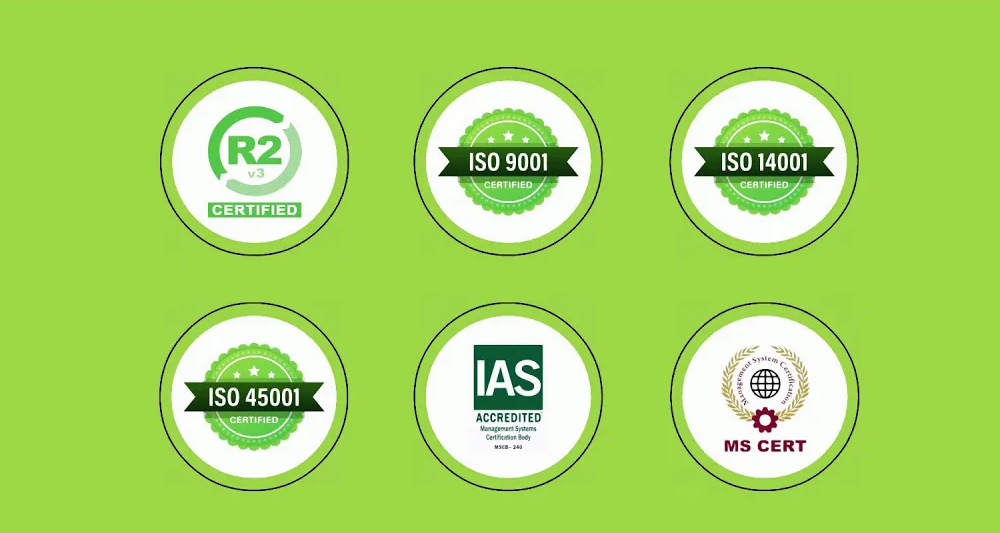
But that’s what a certified IT disposal partner is for. The right partner won’t haul away your equipment; they make sure it’s destroyed, recycled, or repurposed in compliance with strict security and environmental standards.
However, the tricky part is that not all disposal companies are created equal. You must make an informed decision to ensure that you land the one who protects your business, your data, and the planet.
Why Choosing the Right IT Disposal Partner Matters?
Your retired computers, laptops, and hard drives look harmless on the outside, but they’re packed with sensitive data and hazardous materials. If you fail to dispose of them properly, you might be prone to serious risks, including data breaches, legal penalties, and environmental harm.
Partnering with a certified provider, such as Hummingbird International LLC, can help ensure both data security and environmentally responsible recycling.
Here are some quick facts to put things into perspective:
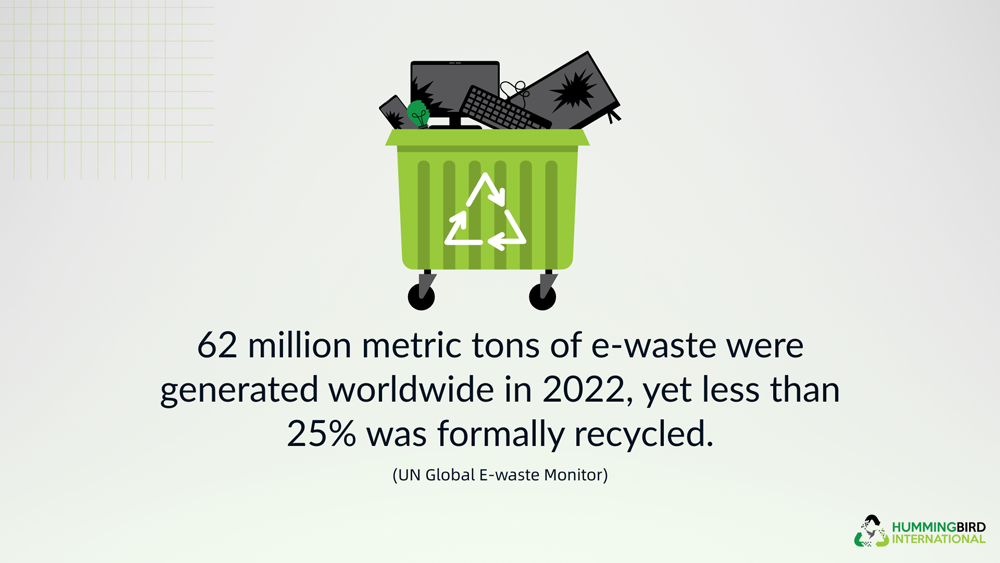
- 62 million metric tons of e-waste were generated worldwide in 2022, yet less than 25% was formally recycled (UN Global E-waste Monitor).
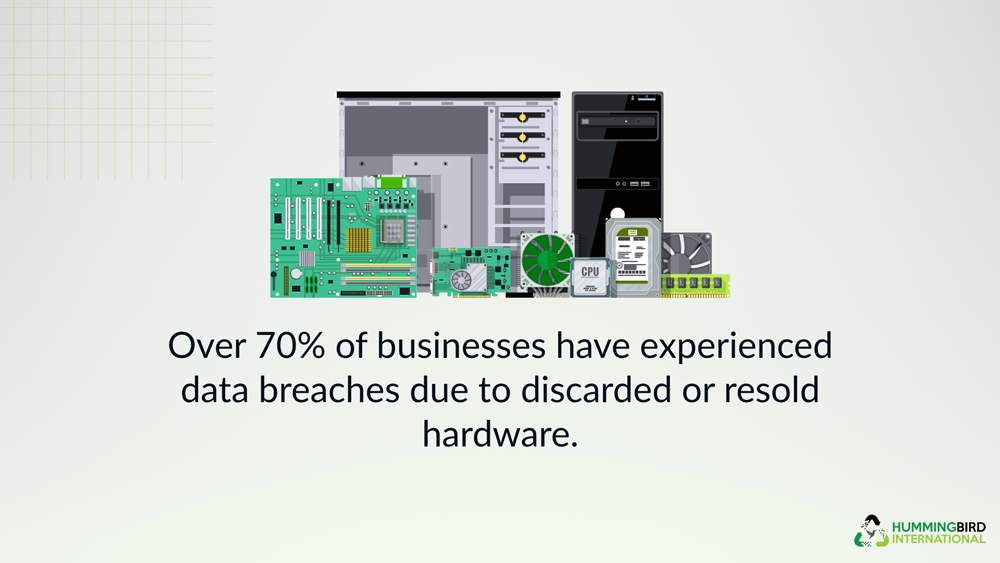
- Over 70% of businesses have experienced data breaches due to discarded or resold hardware.
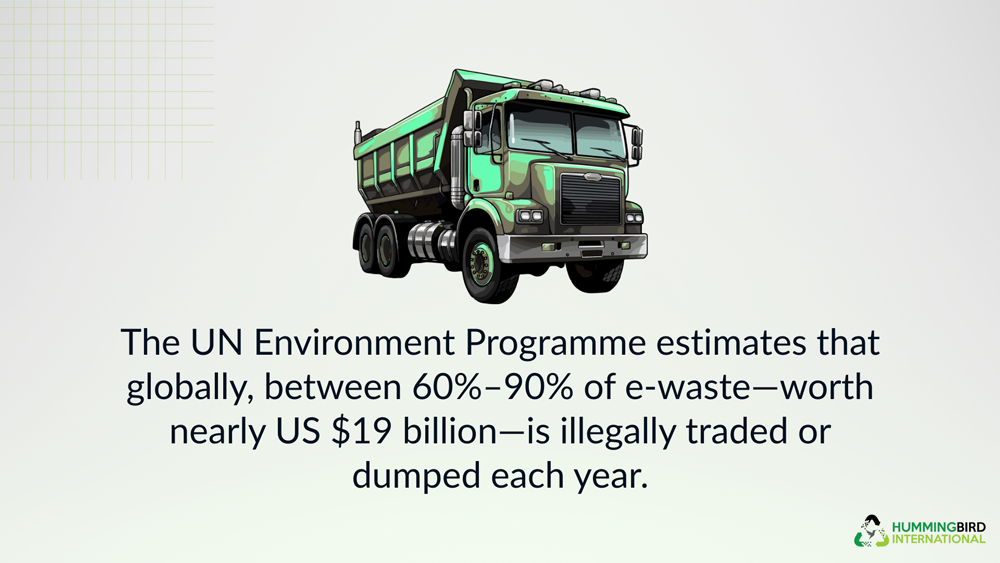
- The UN Environment Programme estimates that globally, between 60%–90% of e-waste —worth nearly US $19 billion—is illegally traded or dumped each year.
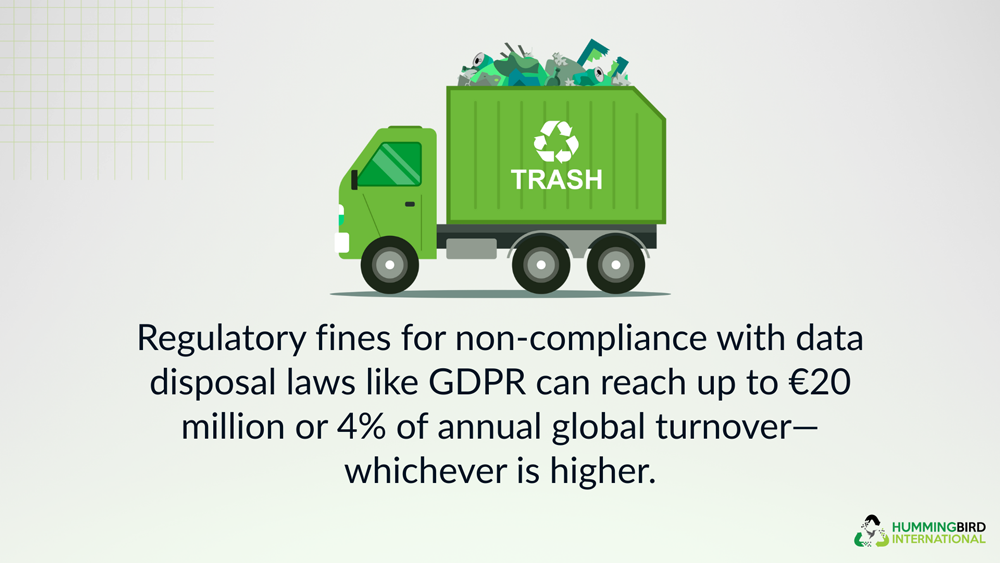
- Regulatory fines for non-compliance with data disposal laws like GDPR can reach up to €20 million or 4% of annual global turnover —whichever is higher.
But What Does “Certified” Mean?
In IT asset disposal, “certified” means the company has been independently verified to follow strict environmental, safety, and data security protocols. Here are the most common and credible certifications you should know:
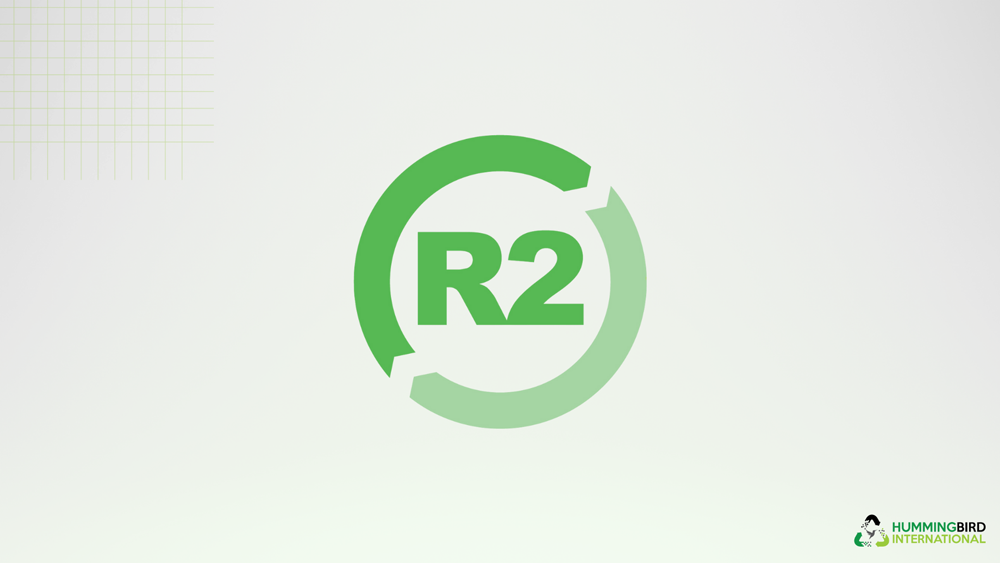
- R2 (Responsible Recycling) – Ensures recyclers follow best practices for safe handling, repair, and recycling of electronics while minimizing environmental harm.
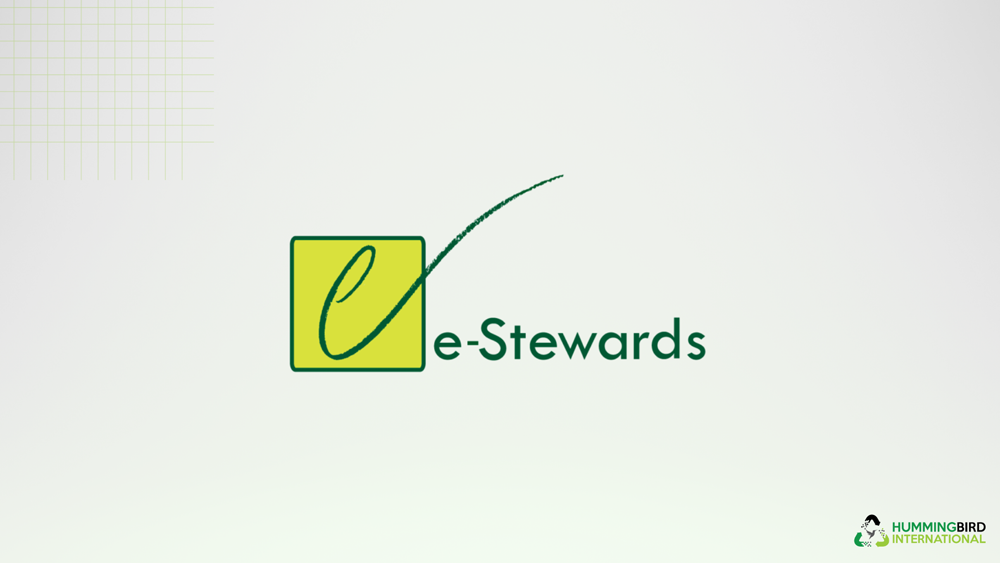
- E-Stewards – Focuses on strict environmental standards, banning the export of hazardous e-waste to developing countries.
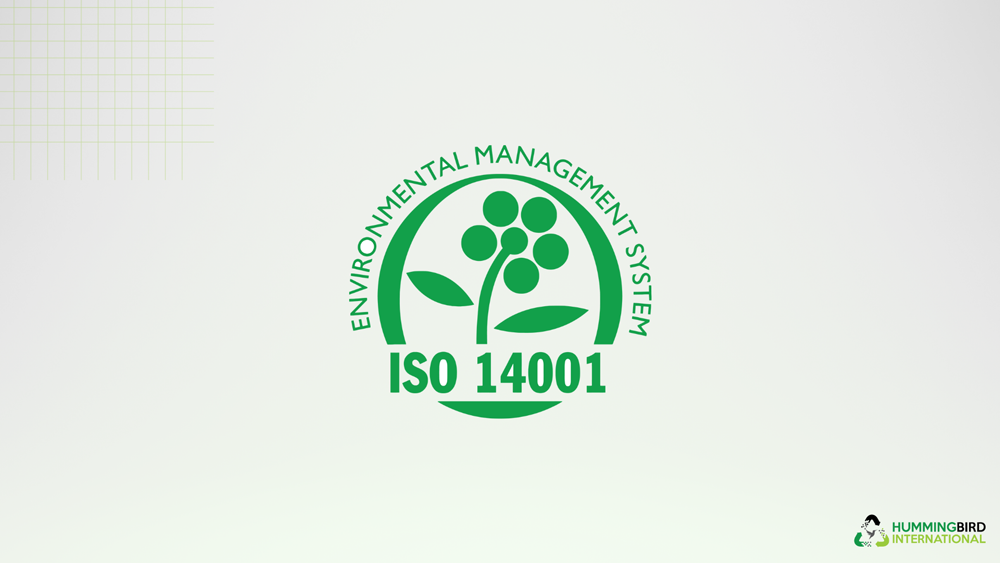
- ISO 14001 – An international standard for environmental management systems, ensuring companies reduce waste and operate sustainably.
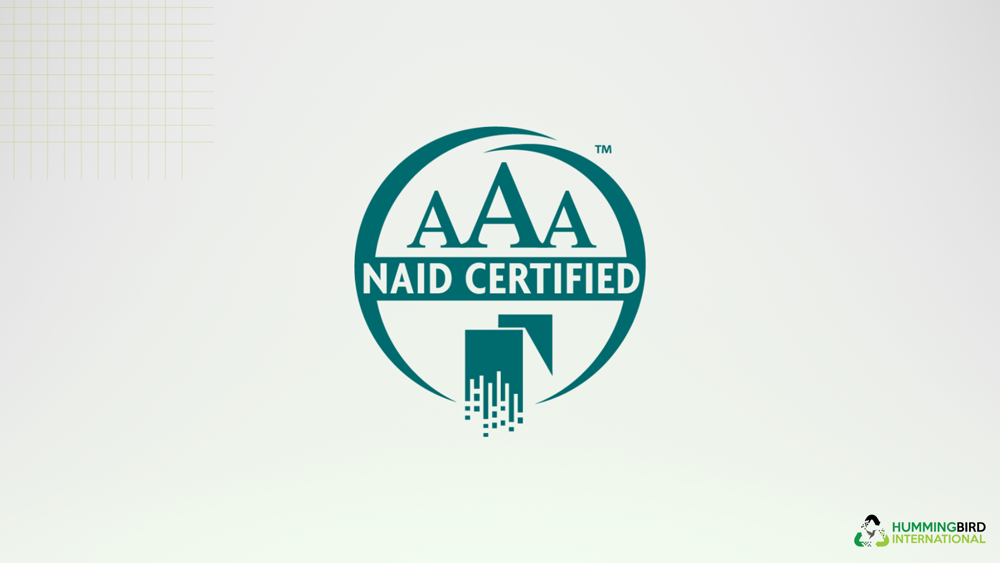
- NAID AAA Certification – Issued by the National Association for Information Destruction, confirming secure, audited data destruction processes.
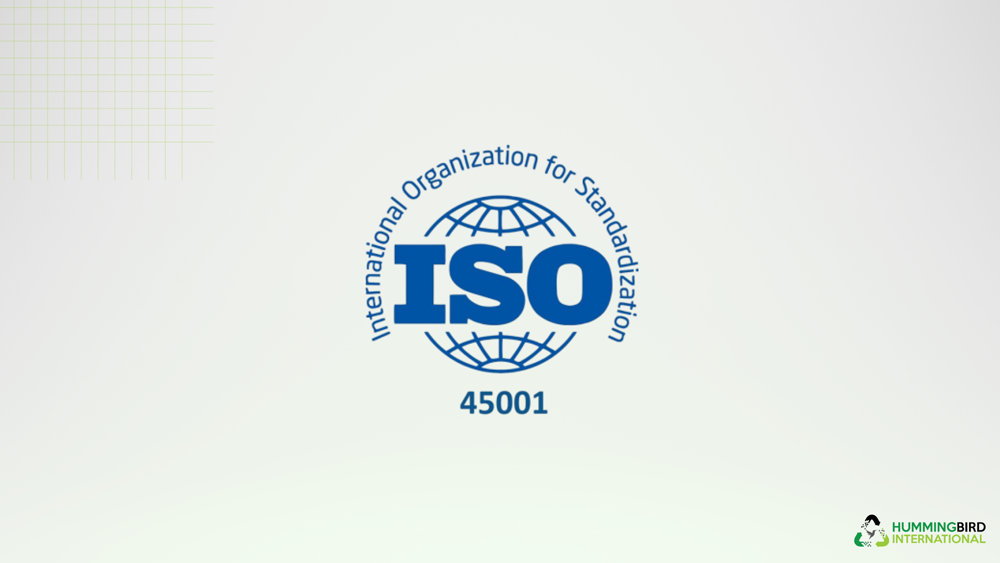
- ISO 45001 – Focuses on workplace health and safety, reducing the risk of accidents during dismantling and recycling. It’s optional but valuable.
Not every recycler lives up to these standards. Some may hold just one certification, while others claim compliance without evidence. Its your job to verify credentials before selecting your IT disposal partner.
How to Choose an ITAD Partner: Factors to Keep in Mind
Well, choosing a partner isn’t a tick-box exercise but a decision that affects your data security, compliance, and even your brand’s commitment to sustainability in business.
A good partner will help you retire outdated equipment without putting sensitive information or the environment at risk. A bad one, on the other hand, could leave you facing data breaches, regulatory penalties, and public backlash. That’s why it’s important to evaluate potential partners on more than just price and convenience.
1. Assess Their Data Destruction Capabilities
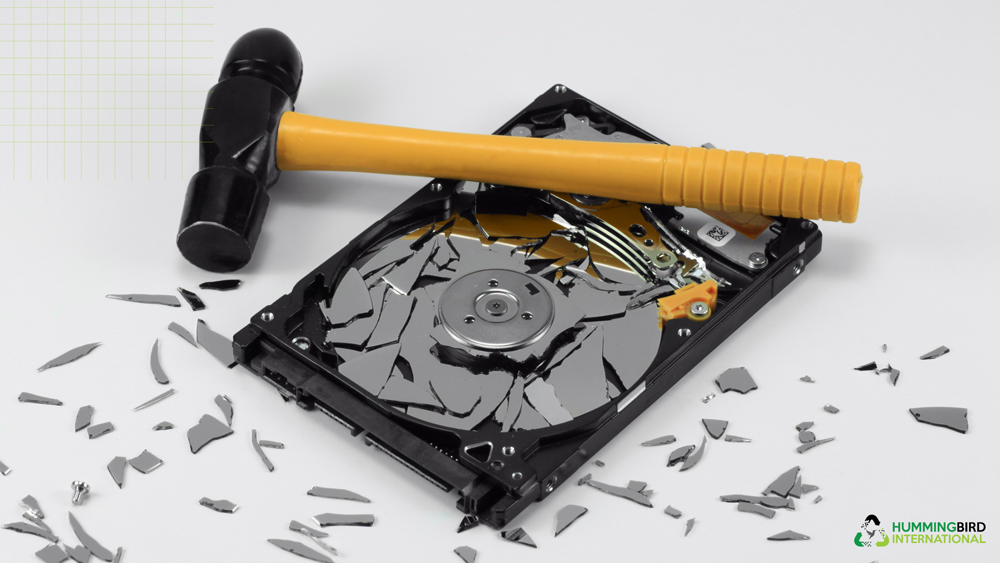
Image Source: iStock/PixHouse
Secure data destruction is non-negotiable. Whether it’s through certified data wiping or physical shredding of drives, your ITAD partner must ensure that no trace of sensitive information remains. Understand whether they offer on-site destruction for added peace of mind or off-site services with strict chain-of-custody controls. And don’t just take their word for it, always request Certificates of Data Destruction as proof that the process was completed to industry standards.
2. Check Compliance with Local and International Laws

Image Source: iStock/MicroStockHub
IT asset disposal is heavily regulated, and laws vary by region. A reputable partner will comply with all standards for recycling across the world. This may include industry-specific requirements like HIPAA for healthcare data or GDPR for organizations handling EU customer information. Working with a non-compliant vendor not only risks fines and legal trouble but can also damage your reputation if improper disposal practices are exposed.
3. Review Their Environmental Practices
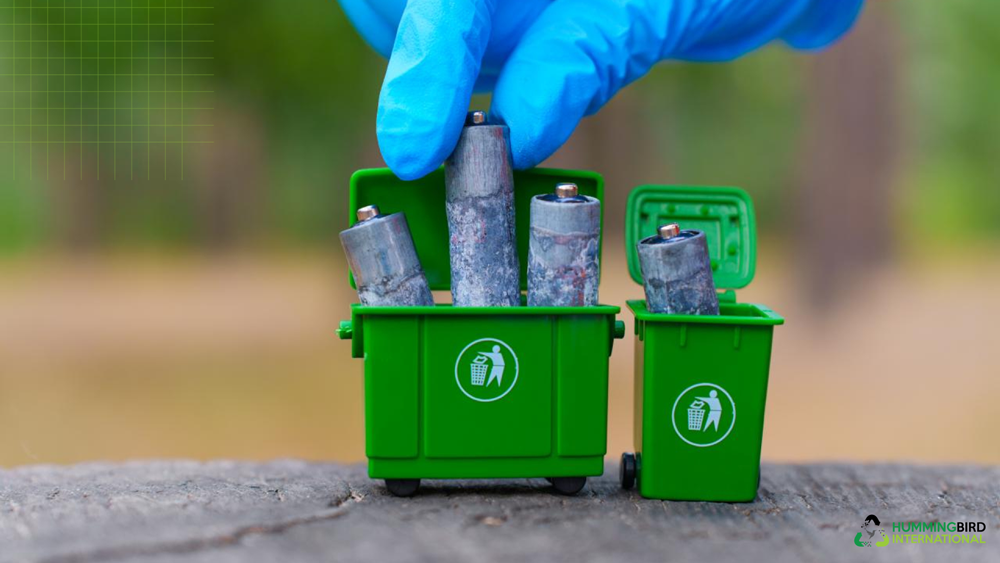
Image Source: iStock/Ekaterina Chizhevskaya
A strong ITAD partner will go beyond basic recycling. They’ll have processes in place to recover valuable materials, avoid landfill disposal, and prevent e-waste from being shipped to countries with poor environmental controls. Look for companies with a “zero waste to landfill” policy and a focus on repurposing equipment wherever possible. This ensures that every recoverable component is repurposed or recycled in an environmentally sound way.
4. Evaluate Logistics and Scalability
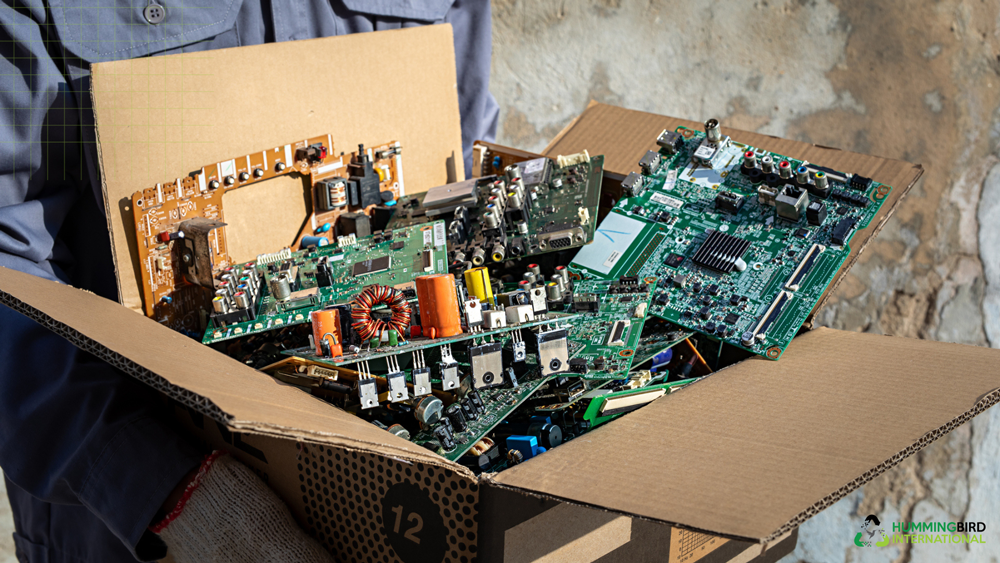
Image Source: iStock/Pituk Loonhong
Disposing of IT assets isn’t always a one-time task. You may need ongoing services or have assets spread across multiple locations. From single-site pickups to complex multi-location projects, your ITAD partner should be able to handle your disposal needs with minimal disruption to your operations. Assess whether they can offer convenient pickup and transportation options, along with the ability to manage both small and large-scale projects. Flexibility is key here, especially if your needs change over time.
5. Look for Transparency and Reporting
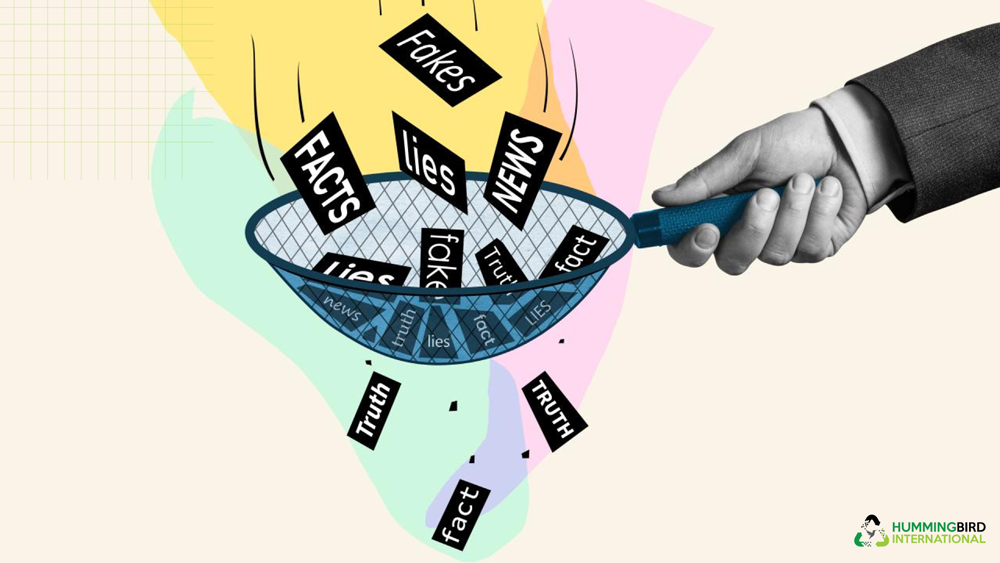
Image Source: iStock/SvetaZi
IT asset disposal is surrounded by myths; search for someone who offers transparency. From the moment your assets are collected to their final stage of recycling or destruction, you should have a clear record of the process. Detailed asset tracking, access to audit trails, and comprehensive disposal reports help ensure accountability. Transparency not only builds trust but also gives you documented proof of responsible handling should you ever need it for compliance audits.
6. Consider Reputation and Client References
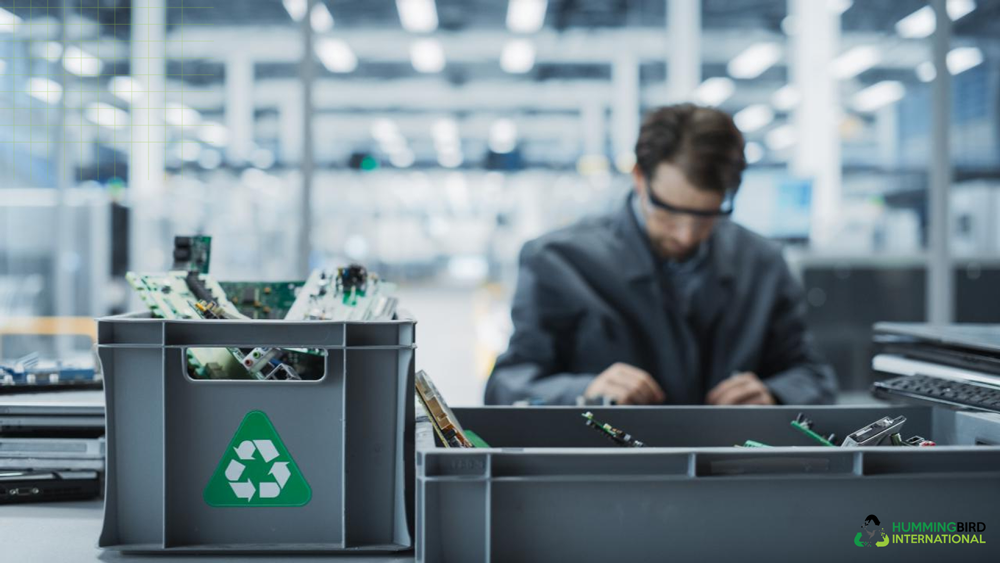
Image Source: iStock/gorodenkoff
Before committing, research the vendor’s track record. Read reviews, browse testimonials, and study any available case studies. A well-established partner with industry experience and a strong client portfolio is less likely to cut corners. On the other hand, vague claims or reluctance to provide references should raise immediate red flags.
7. Ask About Additional Services
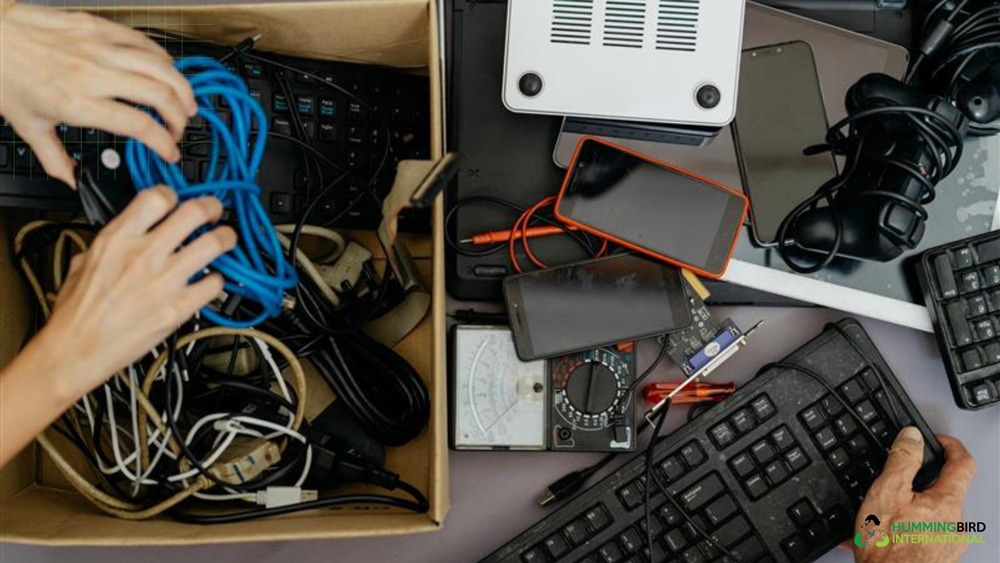
Image Source: iStock/hxyume
Some IT disposal companies go beyond basic recycling and destruction by offering value-added services. These might include asset remarketing, where usable equipment is resold to recover part of its value, or secure storage for devices before they’re destroyed. Others may provide full IT lifecycle management, handling everything from deployment to eventual disposal. These extras can add long-term value to your partnership.
A Quick Question Checklist for Shortlisting ITAD Vendors
Once you’ve reviewed the main factors for choosing an ITAD partner, the next step is to narrow down your options. If you’ve shortlisted a few vendors or just want a quick way to gauge whether a company is worth further consideration, asking the right questions can help you cut through sales pitches and get to the heart of their capabilities.
Use this as a conversation starter to confirm their expertise, compliance, and commitment to sustainability in business:
- What certifications do you currently hold, and can you provide proof?
- How do you ensure compliance with data protection and environmental laws?
- Can you walk me through your ITAD process from pickup to final disposal?
- How do you destroy data, and what verification do you provide?
- What steps do you take to guarantee environmental responsibility?
- How do you handle assets that fail data erasure or pose security risks?
These quick questions aren’t a substitute for due diligence, but they can save you time by quickly identifying partners who align (or don’t) with your organization’s needs and values.
Final Words
Selecting an IT disposal partner should be a careful, informed choice—one that safeguards your data, meets compliance requirements, and reduces environmental impact. A certified, well-vetted vendor can help you manage retired assets without exposing your business to unnecessary risks. By focusing on proven processes, clear reporting, and genuine sustainability in business, you ensure that your IT equipment’s final chapter is handled with the same care as its first.
In the long run, working with a trustworthy and certified ITAD provider like Hummingbird International ensures responsible resource stewardship and decisions that benefit your organization and the wider world.
Frequently Asked Questions
If you’ve got further queries, we’re here with some quick and clear answers.
1. What happens to IT equipment that cannot be reused or resold?
Non-reusable assets should be recycled according to R2v3 or equivalent guidelines. This involves dismantling components, safely handling hazardous materials, and reclaiming valuable raw materials like metals and plastics.
2. Is a documented chain of custody necessary?
Absolutely. A chain of custody ensures every asset is tracked from collection to final processing. This reduces the risk of data breaches, theft, or non-compliance with legal requirements.
3. Which data destruction methods are best?
A reputable vendor will offer secure data destruction services, including options such as data wiping, shredding, degaussing, and melting, following safety standards. The ideal choice depends on your data’s sensitivity and compliance needs.
4. How can I verify a vendor’s environmental claims?
Request recycling reports, evidence of zero-landfill policies, and details of downstream partners to ensure their sustainability commitments are genuine. Always verify, never assume.
About The Author Kelly Sampson
Kelly Sampson is a writer, blogger, and environmental enthusiast. She has strong opinions about climate change, the dogs vs. cats debate, and Oxford commas. She has lent Hummingbird International her engaging and spirited voice and turned our blog into a great place to find valuable information about e-waste, e-waste recycling, and the ITAD industry. Explore our blog to read more of her work.






